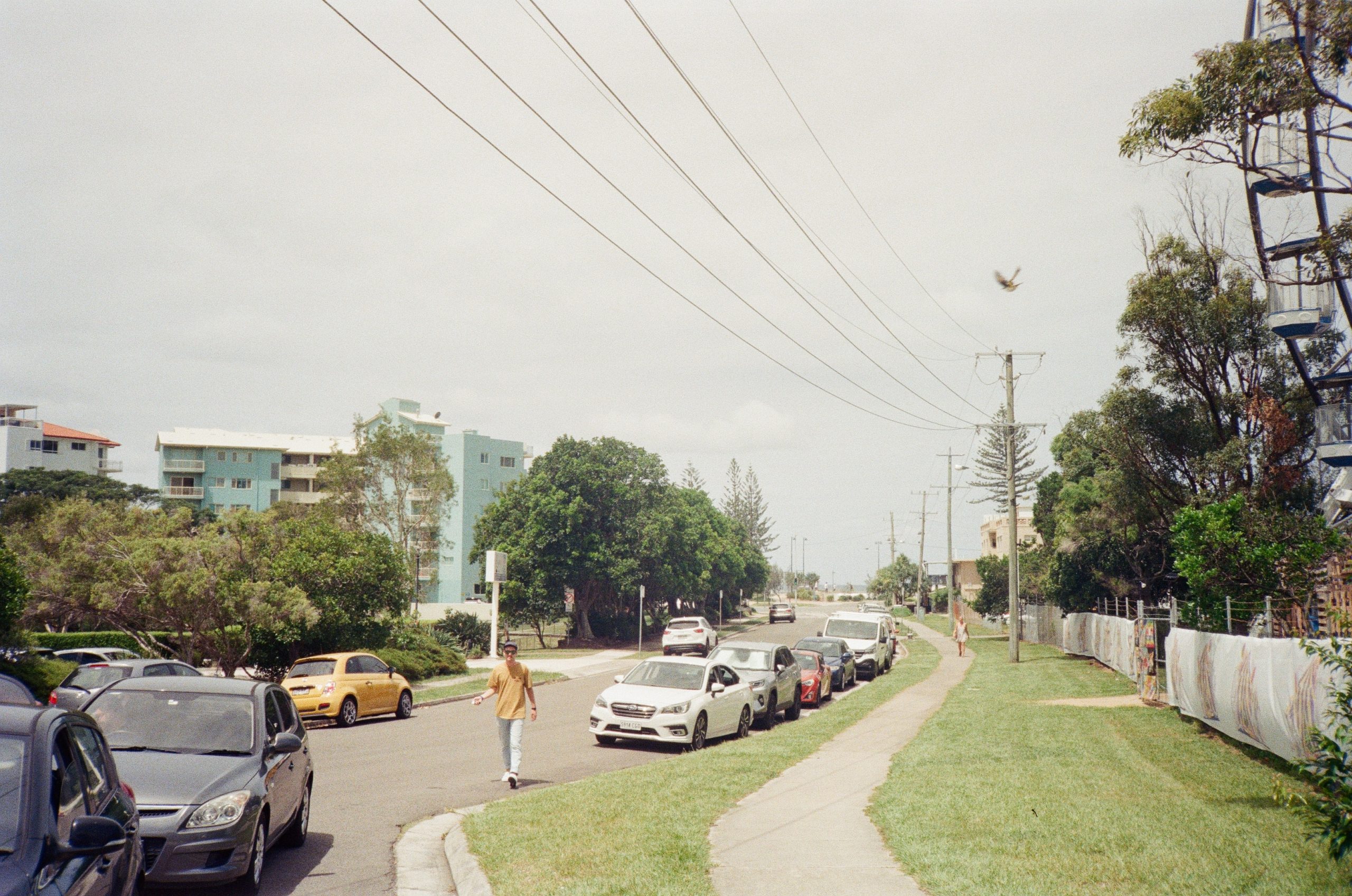
The “great Australian dream” is old news with build-to-rent developments providing more secure housing
There is a new kid on the property development sector landscape and it is changing the way Australian’s think about long-term rentals.
The term build-to-rent (BTR) refers to the construction of new properties which are built with the purpose of being rented out by the developer who maintains ownership. In many cases, the developer of BTR properties will also take on the role of complex manager.
This differs to the historical model of residential building developments where developers build properties to sell to owners or investors (build-to-sell). BTR developments are almost always high-rise apartment complexes because of economies of scale.
Website rent.com.au explains the BTR model has been a growing phenomena in the UK and US for the last decade and is only now gaining traction in Australia, which has traditionally maintained home ownership as “the great Australian dream”.
“Build-to-rent expanded exponentially in the UK from 2013 after government support and now accounts for one in four homes built in London,” the website states. “The US’ build-to-rent sector makes up almost two-thirds of the rental stock in some of the largest cities, with heavyweight landlords like Greystar RE Partners operating as many as 600,000 units each.”
In December 2022, Canstar reported that there were currently some “10,000 BTR apartments currently in the pipeline to be completed in Australia” by a number of developers.
While these are predominantly in Melbourne and Sydney, they are increasingly showing up in Brisbane and frequently have institutional financial backing such as superannuation funds.
Construction is now underway on Queensland’s pilot BTR projects, which will see the building of 1,200 rental apartments by three different developers – Mirvac’s Skyring Terrace in Newstead, Frasers Property’s Brunswick Street in Fortitude Valley and, Cedar Pacific’s Quay Street in Brisbane’s CBD.
The Queensland Government has approved – and injected funds into – the BTR developments on the condition they provide discounted and secure long-term housing to tenants.
“A targeted Government rental subsidy will be provided to deliver affordable rental housing within the Build-to-Rent developments in Brisbane,” the Government states.
“Final developments will provide all residents with a high amenity rental experience, access to transport and employment nodes and premium service delivery.”
The benefit of BTR for developers is they maintain control – and income – from the apartments decades into the future.
For tenants, they frequently offer different lease arrangements, such as capped rents and long-term leases, and include provisions where they are able to decorate their rented home including painting walls, putting up pictures and even having pets without pre-approval.
“Build-to-rent properties are designed to attract and keep tenants, as opposed to attracting a landlord who may never live there or an owner occupier who may not want to pay high body corporate fees,” Canstar continues. “…because the focus is on the renter, the buildings typically include a number of amenities that other types of complexes might not feature.
“These can range from such things as pools and shared outdoor spaces and BBQ areas through to gyms, yoga studios, communal working spaces, community gardens and even cinemas. Cleaning and maintenance services can also be included.”
Australian Federal and State Governments have thrown their considerable support behind the BTR phenomena in the hope it will address the current rental crisis being experienced across the country.
The Australian Property Council says experts predict “the construction of up to 150,000 apartments in the emerging build-to-rent sector over the next ten years”, on the back of generous government incentives.
These include a reduction in withholding tax for eligible fund payments on income from new BTR properties (a drop from 30% to 15%).
A decade ago, few would have guessed the “great Australian dream” of owning your own home, which once upon a time represented security, would be under such significant threat from uncertain fluctuations in interest rates, a lack of property stock and the disproportionate ratio of income to housing prices.
It seems the BTR concept is now set to fill that void and may yet promise accommodation security to those who have been most at risk of homelessness or ongoing housing insecurity.